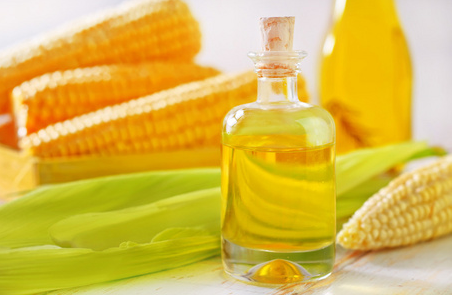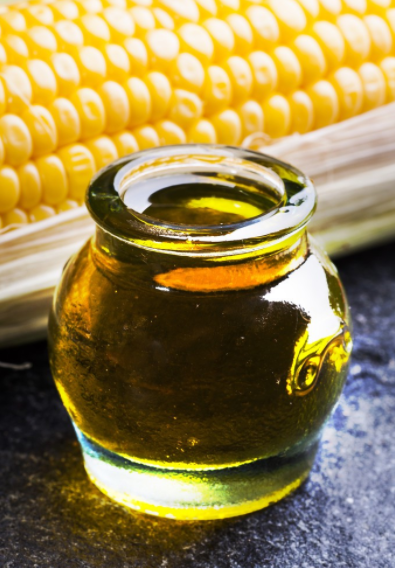High-oil corn is used for processing and oil extraction, which generally includes two processes: embryo separation and embryo oil extraction.
Embryo separation method: The separation of corn embryo mainly includes dry dehulling and embryo extraction and flour milling and wet milling.
Raw materials are directly peeled and floured without water treatment, also known as dry peeling and embryo flouring. Generally, it can be used when the moisture content of the grain is about 18%, but the processing loss is relatively large.
The wet-milling method for extracting embryos for flour milling is the process of peeling and extracting embryos for flour after the grains are soaked. The production process is as follows:
(1) Soaking: The selected grains are first soaked in sulfur dioxide solution for 40-60 hours. Soaking barrels generally use stainless steel barrels with a diameter of 5-6 meters and a height of 12-15 meters.
(2) Separation of crushing and embryo: the corn kernels after soaking have been softened, and the tissue components are loosened. After being crushed by a mill or crusher, water is added through the embryo separation tank to make the embryo float on the water and separate the embryo.

The process of
squeezing corn germ oil and refining corn oil uses the squeezing method to produce oil. Special attention should be paid to the various key processing links before the corn germ is squeezed and the oil path dredging and crude oil recovery during the squeezing process, which can effectively increase the grain-to-oil ratio. The crude oil produced contains a certain amount of saturated fatty acids, lipids, waxes, cholesterol and other substances. Non-glycerolipid impurities such as free fatty acids, phospholipids, pigments and a small amount of protein colloids. It also contains certain pigments. Therefore, to obtain refined corn oil, it must undergo dewaxing, deacidification, decolorization and deodorization.

There are two types of pigments in crude corn oil: one is natural pigments, such as carotene, lutein, chlorophyll and other substances, which are easily adsorbed and decolorized by bleaching soil. The other is the pigment formed by the decomposition products of organic matter, which is brown and brown, and it is not easy to adsorb and decolorize the bleaching soil. They are often dispersed in the oil in a normal colloidal state. Although some pigments are removed during processing, the recovery is relatively large. The decolorization process that is generally required to be processed into corn oil is: a cross decolorization process with a secondary decolorization effect of the first bleaching soil; if the embryo is not processed in time, it is difficult to decolorize the crude oil with darker color, then the pre-decolorization process can be used. Discoloration.
In addition to the original corn flavor, the decolorized corn oil also has the "soap" flavor brought by alkali refining and the "earthy" flavor brought by decolorization. Therefore, further
deodorization treatment is required to make the corn oil consistent with the flavor.


